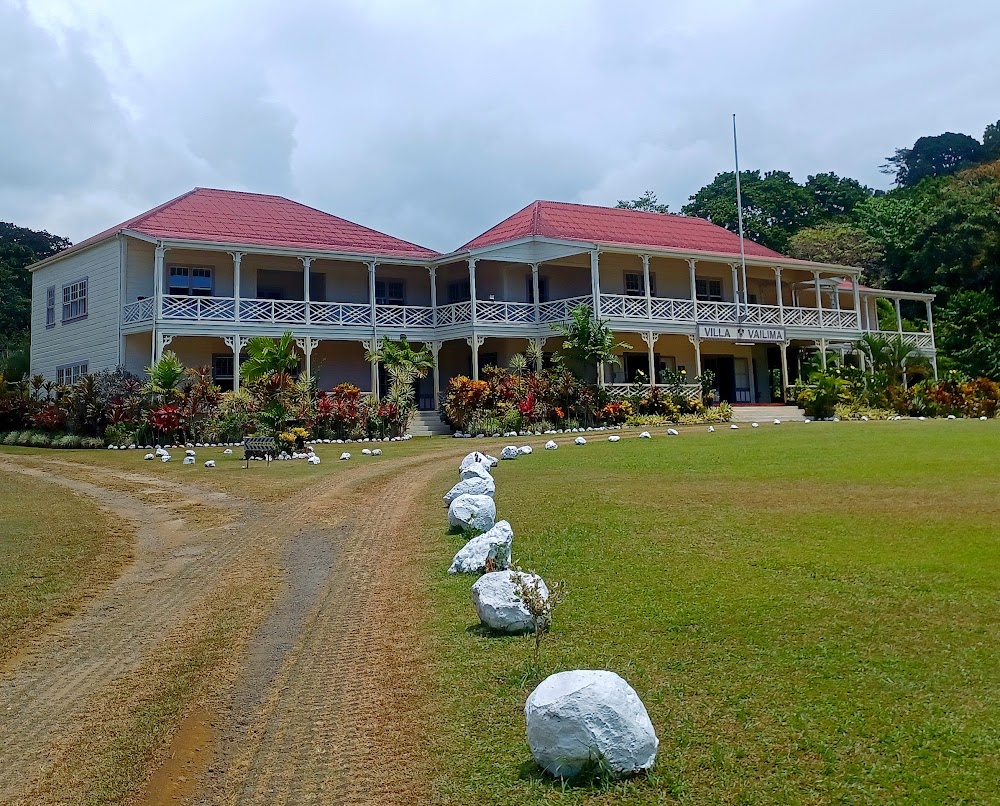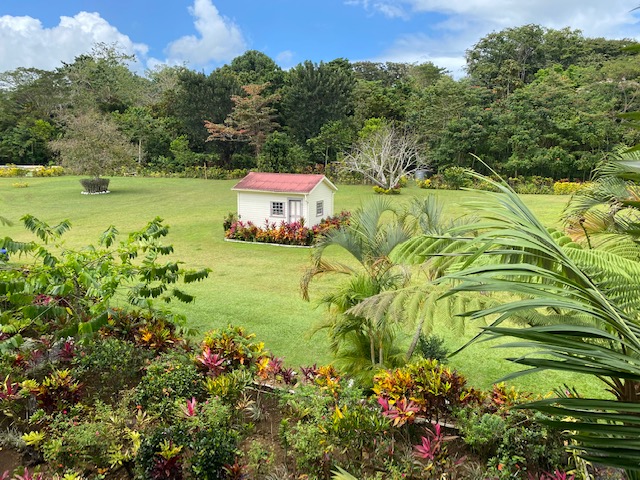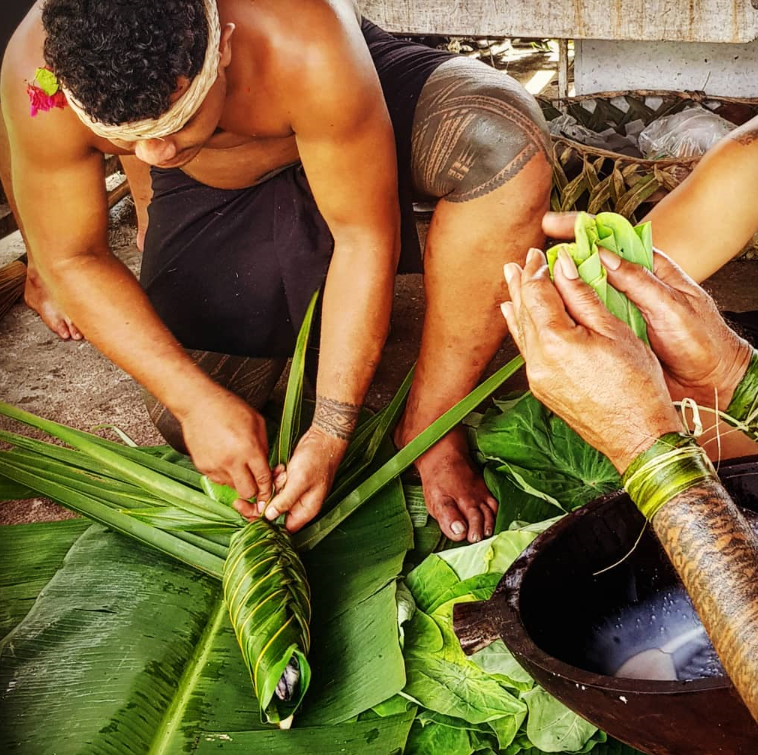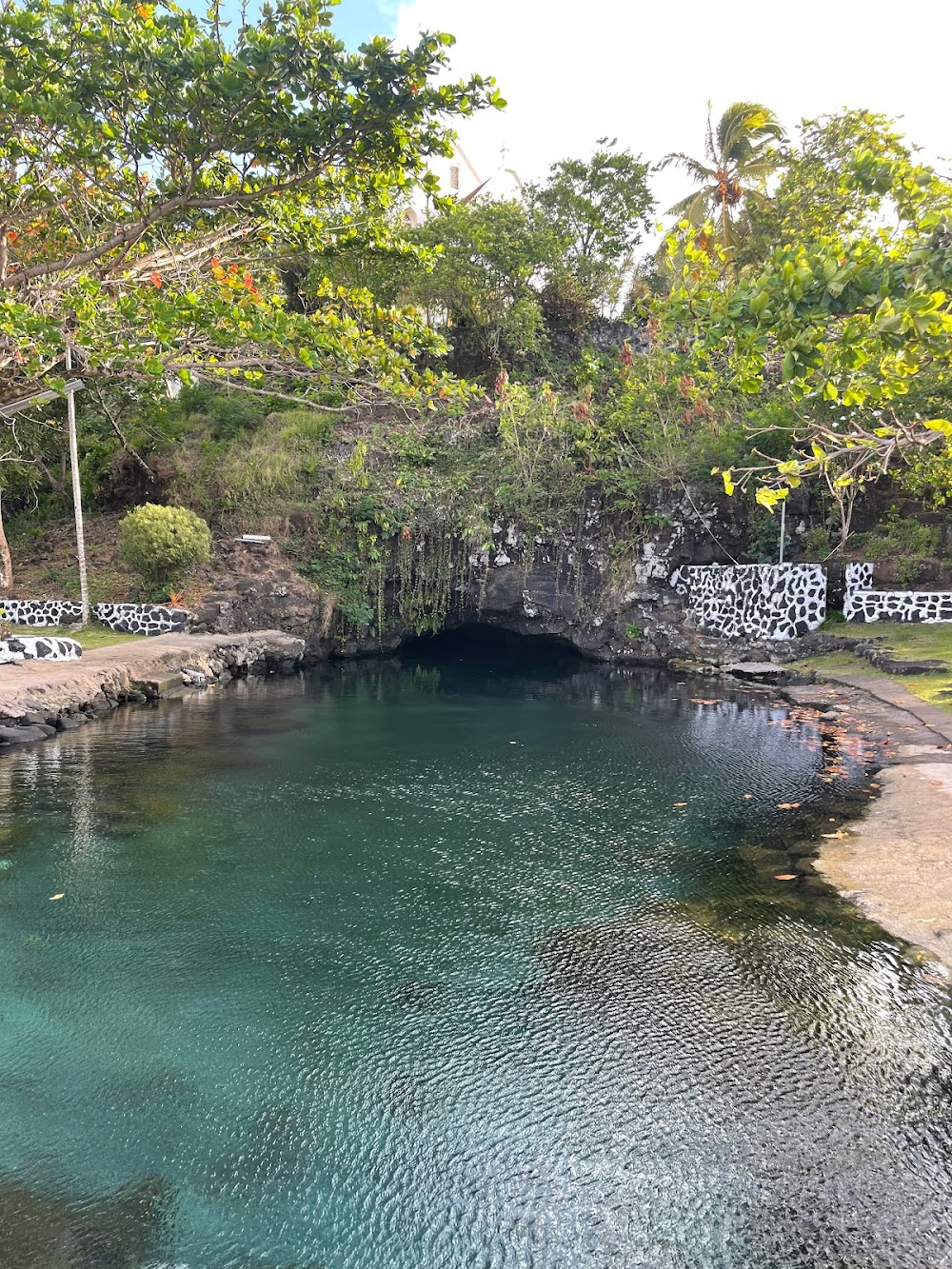Robert Louis Stevenson Museum (Museum o Robert Louis Stevenson)
Overview
Nestled in the lush hills of Fasito‘outa, Samoa, the Robert Louis Stevenson Museum stands as a heartfelt tribute to the celebrated Scottish author who found solace and inspiration in this tropical paradise during the final years of his life.
The story begins in 1889, when Robert Louis Stevenson, plagued by chronic health issues, embarked on a journey across the globe in search of a climate that could alleviate his suffering. After exploring various corners of the Pacific, he and his family arrived in Samoa, captivated by the island’s serene beauty and warm climate, which ultimately led him to make it his permanent home.
In 1890, Stevenson purchased a sprawling estate that stretched from the coast to the mountaintops. He named it Vailima, meaning "Five Waters" in Samoan, a nod to the streams that converged on the property. With the help of local Samoans, Stevenson began constructing a grand residence—a two-story wooden house featuring a wide veranda that offered panoramic views of the surrounding landscape. The unique blend of European architectural styles and Samoan craftsmanship resulted in a stunning and harmonious structure.
The house quickly transformed into a lively household where Stevenson, affectionately known as "Tusitala" or "Teller of Tales," continued his writing endeavors. His days were filled with literary pursuits, estate management, and active engagement with the local community. Stevenson became deeply involved in Samoan politics and affairs, earning immense respect for his compassion and advocacy for the native Samoans.
After his passing in 1894, Vailima served various roles, including a residence for the Governor of German Samoa and later a school. It wasn't until the late 20th century that efforts were initiated to honor Stevenson by converting Vailima into a museum.
The restoration process was meticulous, aimed at preserving the house's historical integrity while making it accessible to the public. Preservationists and local craftsmen collaborated closely, employing ancient techniques and sourcing original materials wherever possible. Every detail was carefully considered, from the intricate latticework of the veranda to the precise shades of the original paint colors.
The Robert Louis Stevenson Museum officially opened its doors in 1994, marking a century since Stevenson's death. Visitors are offered a glimpse into the life and times of the renowned author, with the museum housing his personal belongings, original manuscripts, and an impressive collection of period furniture that brings the rooms to life. Each space narrates a different aspect of Stevenson’s story, showcasing his writing process, family life, and rapport with the Samoan people.
The museum grounds themselves add to the charm, featuring beautifully maintained gardens and the very streams that inspired the name Vailima. For those seeking a deeper connection, a short trek leads to the spot where Stevenson is buried atop Mount Vaea, a location he chose for its breathtaking views and tranquility.
Today, the Robert Louis Stevenson Museum is more than just a collection of artifacts; it is a vibrant piece of living history. It serves as a bridge between cultures, highlighting the profound connections Stevenson formed with the Samoan people and offering insights into how his time on the island influenced his later works.
Through guided tours, educational programs, and cultural events, the museum continues to celebrate the legacy of Robert Louis Stevenson, ensuring that his stories and his love for Samoa resonate with future generations.






